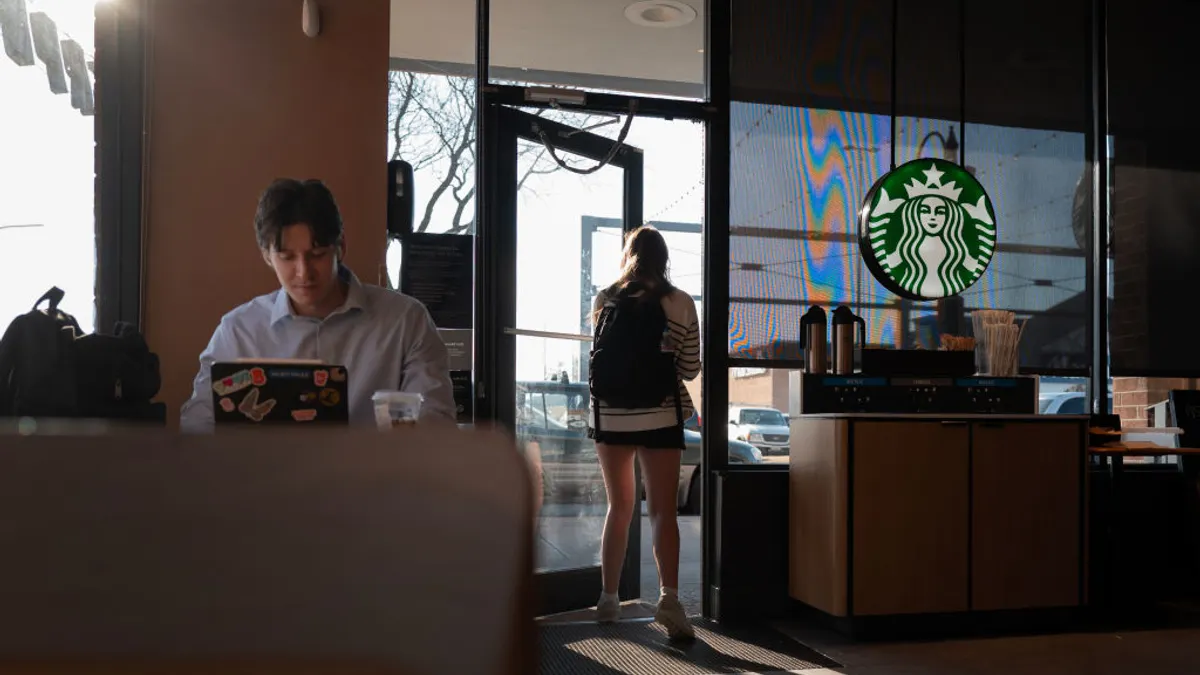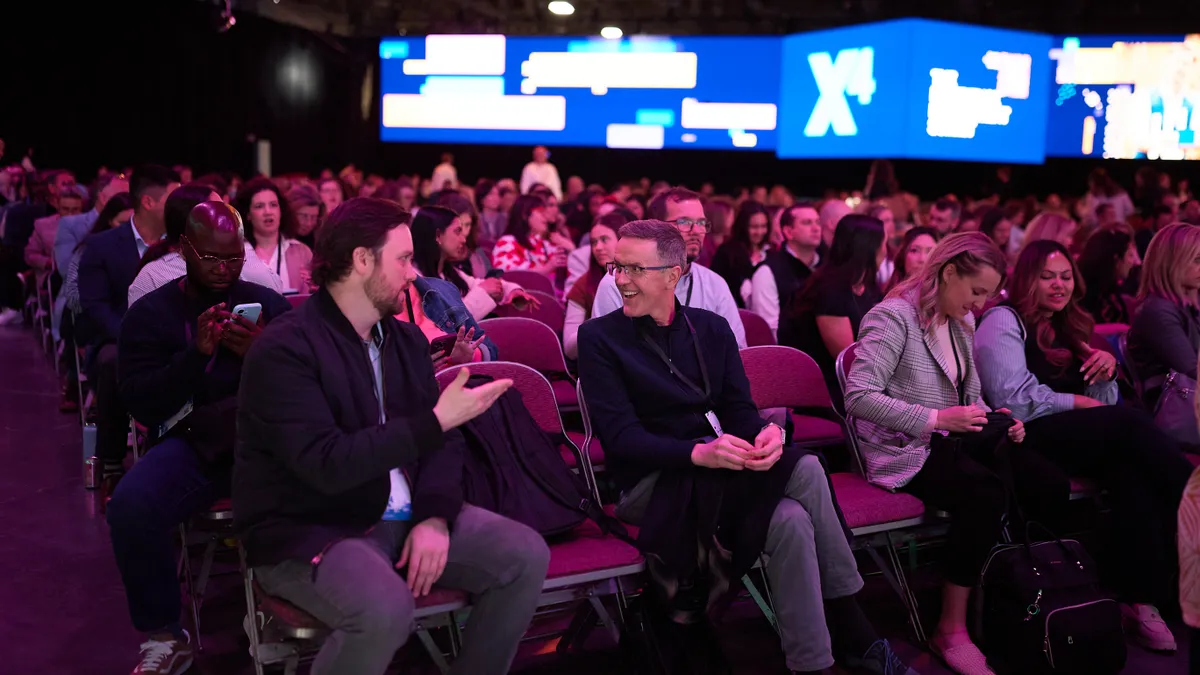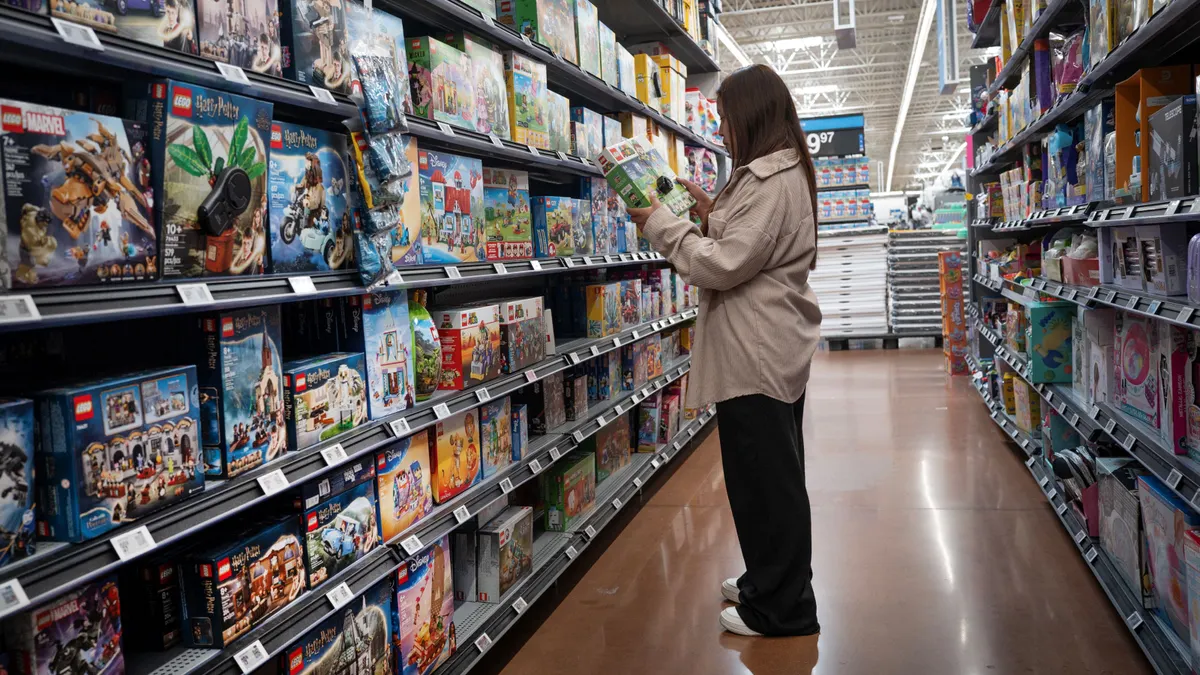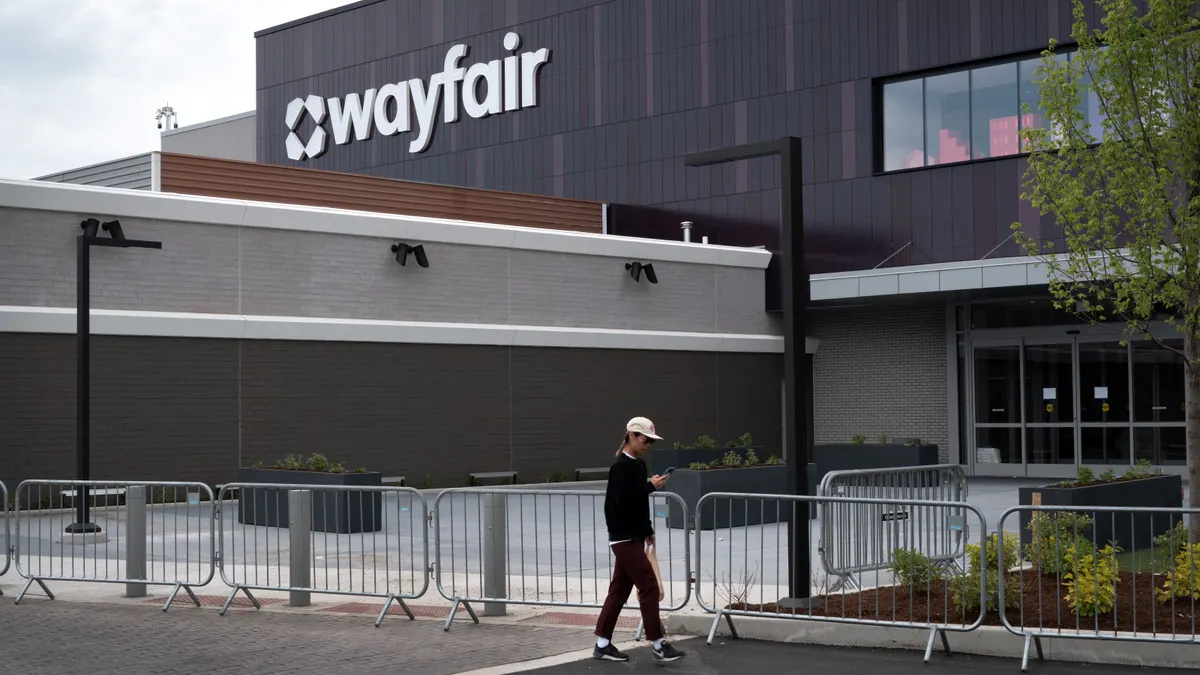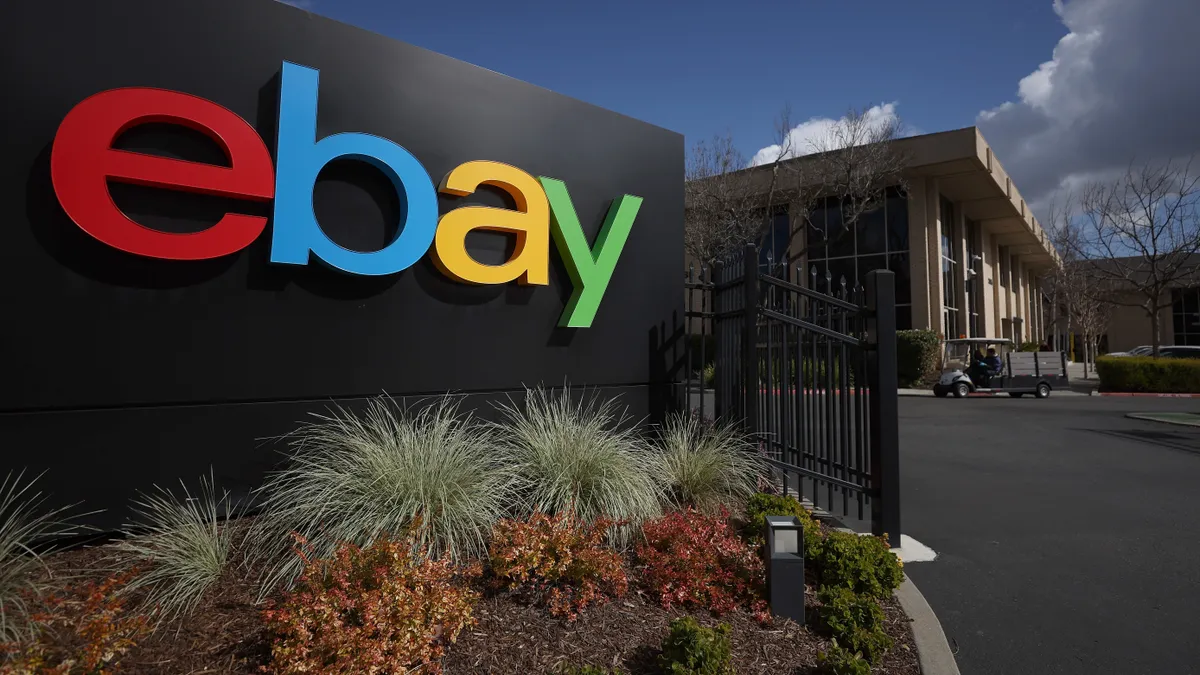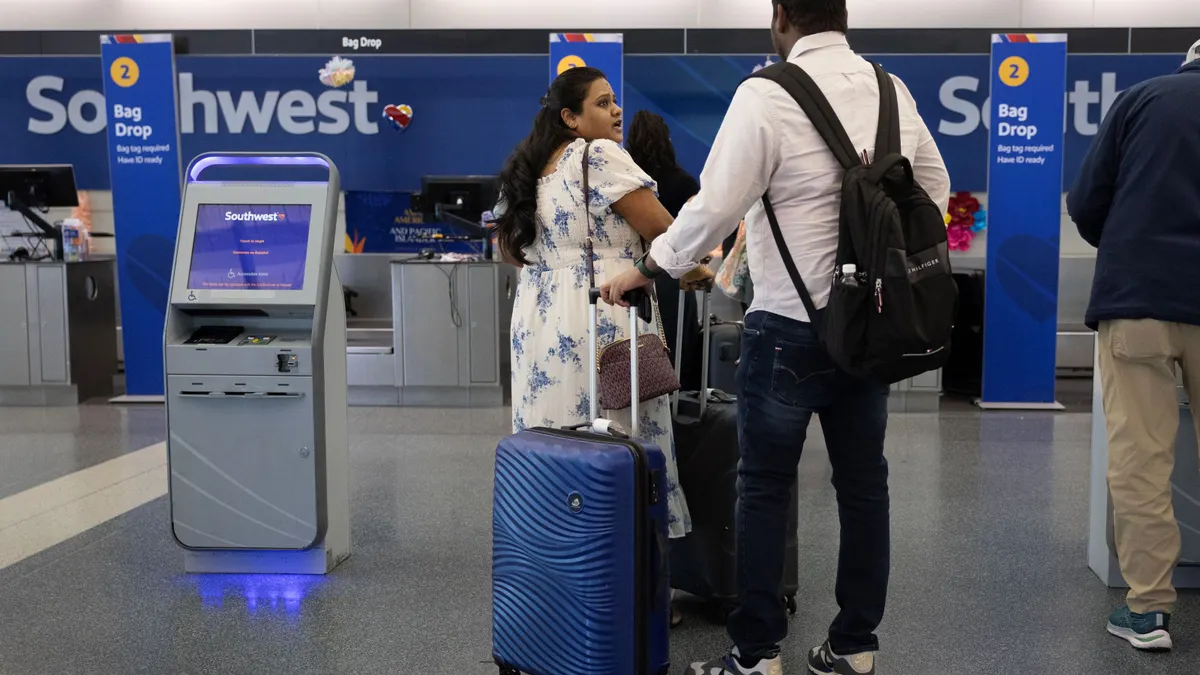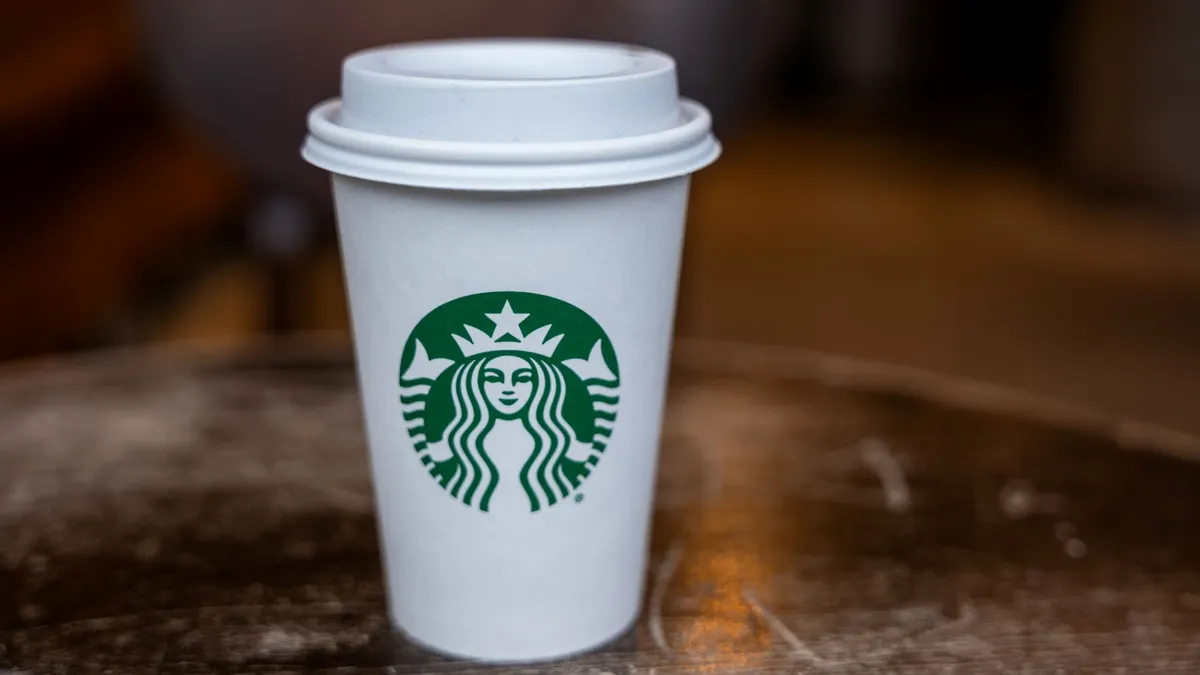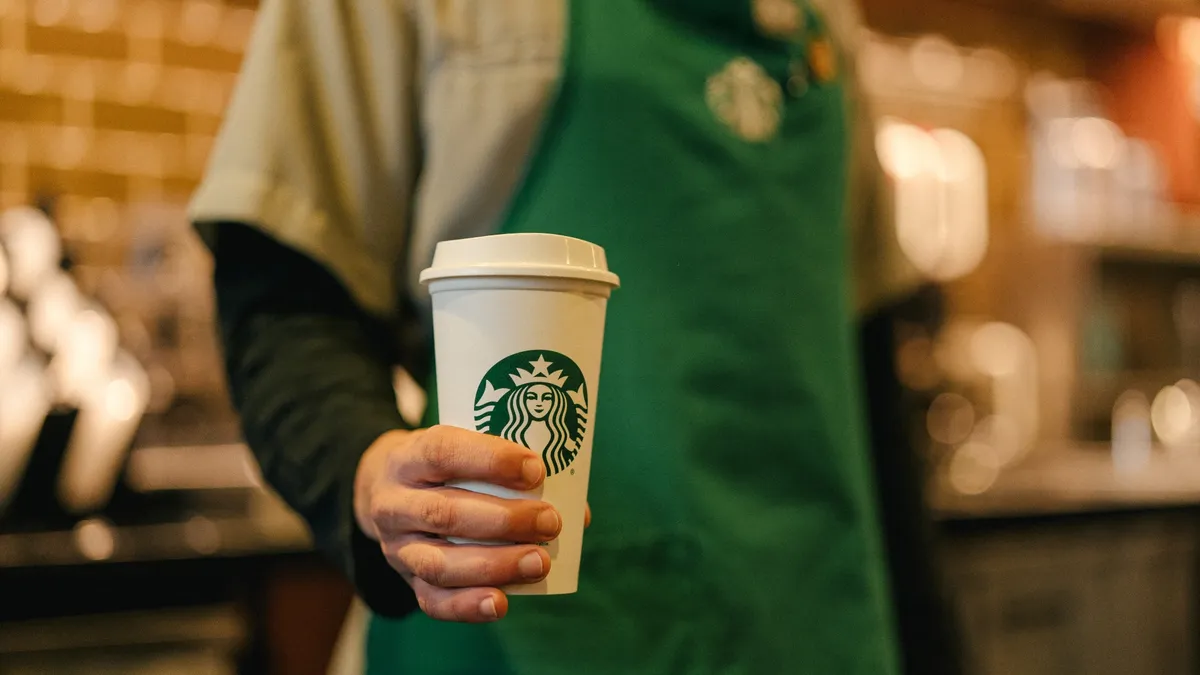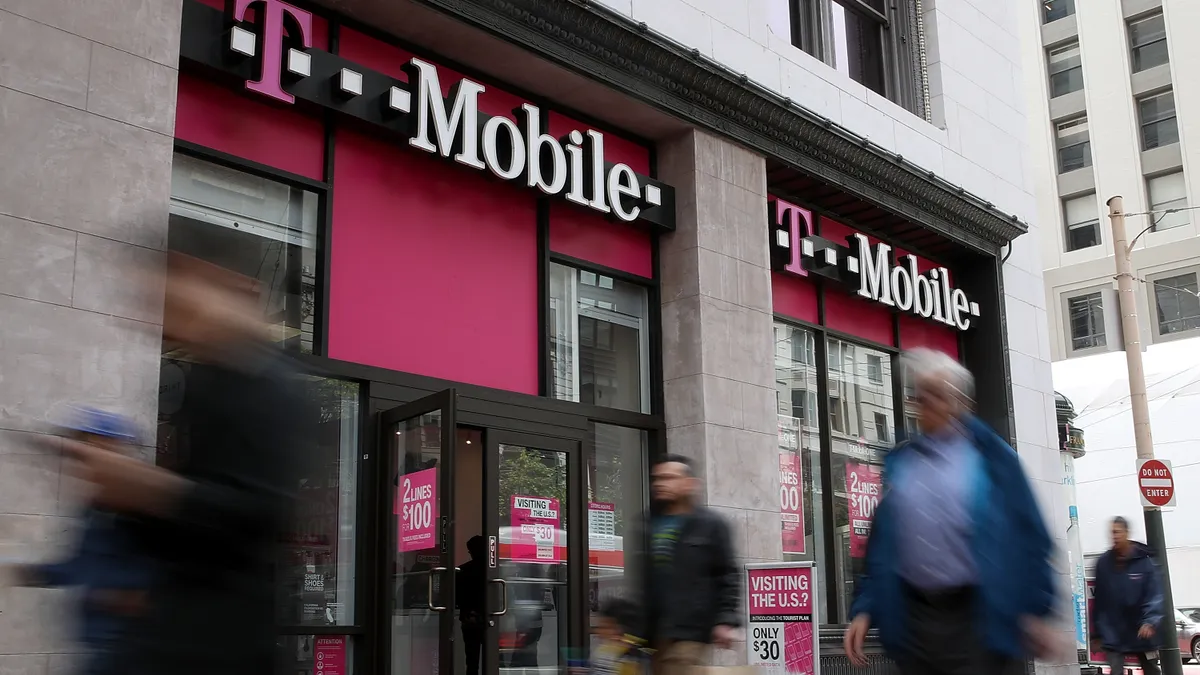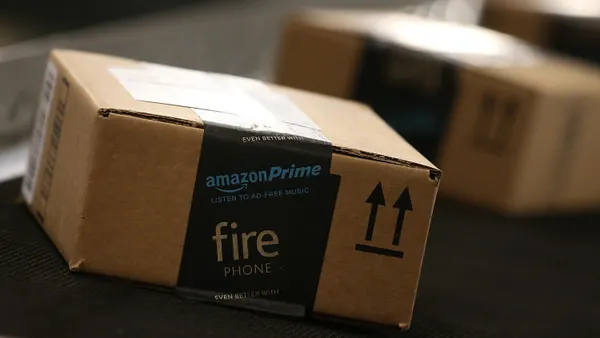When Brian Niccol took over as Starbucks CEO nearly a year ago, he grounded his revitalization plan in CX and returning the chain to its community coffeehouse roots.
Since then, the company has unveiled the Green Apron Service operating model, returned to writing names on cups to emphasize human connections, and detailed new order sequencing strategies to reduce the mobile ordering bottleneck that slowed down fulfillment for in-store customers.
However, customer expectations have evolved since Starbucks’ glory days. The standards pioneered by Starbucks during its rise are now table stakes for any coffee vendor, not the perks of a premium brand, experts told CX Dive.
“It almost feels like they could end up looking like they're following the pack that they originally had following them,” Jon Pollard, head of strategy at precision marketing agency RAPP, told CX Dive. “I think they deserve a lot of credit for getting this particular ball rolling, but being different now is not the same as being different was then.”
Experts have advised that the right way for Starbucks to stand out in the crowded coffee space is to look to the future, not the past, by putting even greater emphasis on customer centricity, refocusing loyalty on exclusivity, and creating an experience somewhere between global chain and local coffee house.
“Starbucks might not literally return to its roots, but it is trying to get back to a position where people enjoy coming to the stores and visit as much for the experience as for getting coffee,” Neil Saunders, managing director at GlobalData Retail, told CX Dive in an email.
Premium takes more than the CX basics
Starbucks is “a premium brand that gives people access to premium experiences,” Niccol said on an earnings call last week.
However, some experts wonder whether the company’s strategy to improve the tangible aspects of the experience won’t help Starbucks meaningfully stand out from Dunkin’, Tim Horton’s or any local independent coffee shop.
Starbucks might offer a comfy space and some simple personalization, but that likely isn’t enough to make the experience notable, Pollard said. Small gestures from workers and comfortable seating are nice, but they are something other brands can replicate.
“I worry that the only point of individualization is your name written on the cup, and that otherwise your Starbucks experience is basically the same as my Starbucks experience is basically the same as everybody else's Starbucks experience,” Pollard said.
But Starbucks has access to the data and technology necessary for creating connections at scale, Pollard said. The goal isn’t necessarily to directly position the brand as premium, but to make customers feel like the brand understands them.
“Premium experiences to me can actually come from brands that aren’t inherently or don't think of themselves as premium, but that give me experiences that are relevant and intelligent and recognize me and my particular needs and my particular relationship with the brand,” Pollard said.
Should the loyalty revamp get personal?
Starbucks plans revamp the Starbucks Rewards loyalty program away from broad discounts in favor of recognizing loyalty and engagement, Niccol said on an earnings call last week.
That approach will help Starbucks align its loyalty program with the premium brand experience the company aims to promote, according to John Pedini, principal analyst at Forrester.
“As an innovator of the third space, how customers experience the Starbucks brand, and the value of that experience, goes way beyond the transaction,” Pedini told CX Dive in an email. “One of the keys to delivering value to loyal customers is ensuring that loyalty is rewarded with recognition and exclusivity.”
Forrester research has found that more than half of U.S. adults — 54% — say getting special treatment is important to them, according to Pedini. Nearly two-thirds say the same about getting special discounts that are not available to other customers.
Starbucks Rewards also presents a great opportunity for Starbucks to learn from its customers, according to Pollard. However, the company needs to use that data for more than deciding where to open stores or choosing which products to remove from the menu.
Making the loyalty program feel rewarding “on an individual level and making it feel like that program is what's going to give me something specific to me — that's where it will go to another level,” Pollard said.
Moving beyond the small cafe experience
With more than 40,000 stores in 88 markets around the world, the modern Starbucks is anything but a local coffee shop.
While that doesn’t preclude the chain from embracing some of the signifiers of a smaller cafe associated with its coffeehouse roots, it does mean Starbucks’ strategy needs to do more than mimic independent cafe trends, according to Saunders.
“It is possible to execute on this, but it will not be easy, and it will require investment,” Saunders said. “Even then, Starbucks is not going to have the same vibe as some independent local coffee shops. What it needs is a happy medium between being a big chain and something more personal.”
Even if Starbucks could become an ideal community space, the shine of being the local coffee shop is worth less than it used to be.
The modern coffee industry is incredibly commoditized, which means many customers choose where they buy their cup based on convenience, rather than brand loyalty, according to Pollard. People choose the cafe by their gym, office or wherever else they are already headed.
“But if you could genuinely feel like you're getting something, not at the product level but at an experience level, that you cannot get anywhere else, that is what you want and what you need, that's where I think you're going to differentiate,” Pollard said.
What does Starbucks’ future look like?
CX can be the foundation for a financial turnaround, according to experts. However, the effort will take time.
The company’s numbers are moving in the right direction, according to Saunders. Same-stores sales are on the decline, but customer connection and employee engagement scores are on the rise.
“All things being equal, those things should over time lead to greater sales,” Pollard said. “The more people feel connected to a brand, common sense says, the more they will come back to that brand. The happier people feel about the way they're being treated by the employees of that brand, the more likely they are to come back.”
However, Starbucks still needs to find a way to truly stand out if it wants to achieve long-term growth, according to Pollard.
And even if its efforts do pay off, the company likely won’t see financial returns immediately.
“Much of this is about winning lapsed customers back, and that does not happen immediately, especially as they’re not using stores so [they] can’t see the changes first-hand,” Saunders said. “Starbucks is also reinventing in the midst of a consumer slowdown in foodservice, which likely elongates the recovery period.



